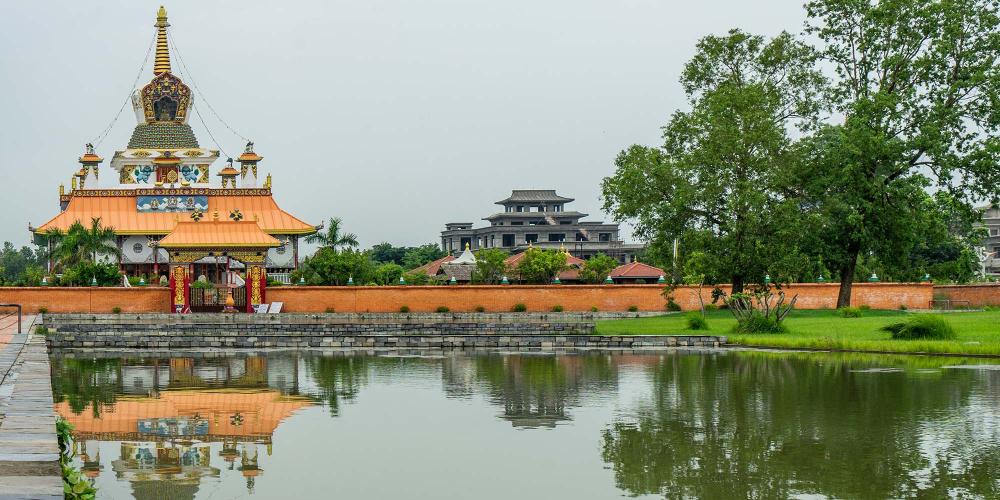

Located in the Rupandehi District of Nepal, Lumbini is widely recognized as the birthplace of Lord Buddha, Siddhartha Gautama. It's a place of immense historical, spiritual, and cultural significance, not only for the followers of Buddhism but for peace-loving people worldwide. The history of tourism in Lumbini is deeply intertwined with the reverence for this sacred site, which dates back over 2,500 years.
The earliest known visitors to Lumbini were devout pilgrims following the spread of Buddhism. Renowned Chinese monks, such as Fa Xian in the 4th century and Xuanzang in the 7th century, documented their visits to Lumbini in their travel records, indicating that the site was a focal point for Buddhist pilgrimage even then.
Lumbini's significance was overshadowed during the middle ages, but it was rediscovered by archaeologists in the late 19th century. The identification of the Ashoka Pillar in 1896, which bore an inscription attributing the location to the birth of Buddha, paved the way for Lumbini to become a prominent tourist destination.
In 1978, Lumbini was designated a UNESCO World Heritage Site, marking a significant leap in its development as a global tourism hub. Subsequent efforts led to the Lumbini Development Zone, which included monasteries representing different countries and Buddhist traditions. This multicultural aspect has turned Lumbini into a place where people from various backgrounds come together in the spirit of peace and understanding.
Today, Lumbini's tourism is characterized by its diverse visitors, ranging from religious pilgrims and cultural enthusiasts to peace advocates and researchers. Eco-friendly travel is a growing trend, with tourists opting for sustainable options that respect the sanctity of this holy place. Development of quality hospitality services ensures that travelers can enjoy a comfortable stay while soaking in the spiritual ambiance.
Annual celebrations such as Buddha Jayanti, the birthday of Buddha, draw crowds from all over the world. Educational tourism is also gaining momentum with numerous seminars, conferences, and workshops on Buddhism and peace organized regularly.
The Government of Nepal, in collaboration with international organizations, is continuously working on promoting Lumbini as a center for spiritual growth and peace. With an increased focus on conservation and sustainable tourism, the site has maintained its appeal to a global audience while preserving its historical value and serene nature.
In conclusion, the history of tourism in Lumbini has evolved significantly from ancient times to the present, consistently enhancing the experience of visitors. With its profound history and promising future trends, Lumbini remains a beacon for peace and spirituality in the world of tourism.